Information from the Centers for Disease Control and Prevention (CDC) Measles Vaccination Pronounced (MEE-zills) Measles is a very contagious disease caused by a virus. It spreads through the air when an infected person coughs or sneezes. Measles starts with fever. Soon after, it causes a cough, runny nose, and red eyes. Then a rash of tiny, red spots breaks out. It starts at the head and spreads to the rest of the body. Measles can be prevented with MMR vaccine. The vaccine protects against three diseases: measles, mumps, and rubella. CDC recommends children get two doses of MMR vaccine, starting with the first dose at 12 through 15 months of age, and the second dose at 4 through 6 years of age. Teens and adults should also be up to date on their MMR vaccination. The MMR vaccine is very safe and effective. Two doses of MMR vaccine are about 97% effective at preventing measles; one dose is about 93% effective. Children may also get MMRV vaccine, which protects against measles, mumps, rubella, and varicella (chickenpox). This vaccine is only licensed for use in children who are 12 months through 12 years of age. Before the measles vaccination program started in 1963, an estimated 3 to 4 million people got measles each year in the United States. Of these, approximately 500,000 cases were reported each year to CDC; of these, 400 to 500 died, 48,000 were hospitalized, and 1,000 developed encephalitis (brain swelling) from measles. Since then, widespread use of measles vaccine has led to a greater than 99% reduction in measles cases compared with the pre-vaccine era. However, measles is still common in other countries. Unvaccinated people continue to get measles while abroad and bring the disease into the United States and spread it to others. CDC recommends that children get two doses of MMR vaccine:
 Story in the Columbus Dispatch on May 18, 2017 The Columbus Dispatch also carried the story. This is an excerpt. Minnesota health officials link the high numbers of unvaccinated Somali children in their state with an aggressive campaign by anti-vaccine advocates several years ago that targeted Somali parents, saying that vaccinating their children would cause autism. “This could happen in any community that is given misinformation,” said Jose Rodriguez, spokesman for Columbus Public Health. Hassan Omar, executive director of the Somali Community Association of Ohio, said the community understands there are health risks. He said he hopes these events help to educate people, as well as break any stereotypes that residents might have about Somalis. “Everybody is worried about this,” Omar said. “We don’t want there to be a stigma. We’re Americans, we’re Midwestern. We have children that are all up-to-date for vaccinations.” The last large measles outbreak in Ohio occurred in 2014, when there were hundreds of cases in Ashland, Coshocton, Crawford, Highland, Holmes, Knox, Richland, Stark and Wayne counties. Measles cases then were at a 20-year high in the United States, driven largely by the outbreak among unvaccinated Amish populations in Ohio. See full story at the Columbus Dispatch. The 2017 Somali Independence Day Festival was a beautiful event attended by Somali Ohioans from all over the state. It took place at the Ohio History Connection museum at 800 E. 17th Ave in Columbus on Saturday, July 1st, 2017. The Somali Student Association (SSA) is a vibrant campus organization at The Ohio State University in Columbus, OH. The SSA's nine board members in 2016-2017 are studying Neuroscience, Public Affairs / International Business, Public Health, Business, Speech and Hearing Sciences, Molecular Genetics, Food Science/ Pharmaceutical Science, International Development, and Health Sciences / Environmental Public Health. Academics is not the only area in which SSA students excel. Enjoy the images below showing a glimpse of campus life. Watch this viral YouTube video of the SSA dance team performing in 2014 at the annual Taste of OSU, an event that attracts thousands of visitors each year. SSA also makes quite an impact at Taste of OSU with delectable Somali food. They won First Place in the food category in both 2016 and 2017. Visit the SSA website at www.ssaohiostate.com. A WOSU story written in June 2016 by Esther Honig highlights the strong entrepreneurial role of Somali women at the Banadir Mall on Cleveland Avenue. The piece is entitled "At North Columbus Mall, Somali Women Run the Show. These are excerpts; see the full story at radio.wosu.org.
Stories about the Somali community in Columbus, OH, with selected excerpts: A note about multiple reading options: Links requiring a Columbus Dispatch subscription may also be accessible in text-only format through your library. Go to www.columbuslibrary.org/research, choose Columbus Dispatch: Electronic Edition, and login with your Columbus Metropolitan Library credentials. Community In-Between / Urur Dhex-Dhexaad Ah Portraits of Somali-Americans in Columbus https://ohiostatepress.org/books/titles/9780814254370.html FROM OHIO STATE PRESS: Community In-Between / Urur Dhex-Dhexaad Ah: Portraits of Somali-Americans in Columbus by Qorsho Hassan and Ruth M. Smith is a collection of stories and portraits of fifteen young Somali Americans involved in community building in Columbus, Ohio. By using their unique skills, these individuals balance their identities, build bridges, and create spaces for success. The rich, multifaceted stories in this book represent the heterogeneous experiences of the participants and show the deep connection to the diaspora and the interconnectedness of individual experiences. Fighting for American-ness By Danny Hamen, Editor, 1870 Magazine (The Ohio State University) http://1870mag.com/fighting-for-american-ness/ EXCERPT: One of the ways Hassan decided to engage with her community was to throw a Somali-American Peace Feast at a traditional Somali restaurant, Hoyo’s Kitchen, mid-December. The dinner provided a safe space for members of the community to heal and seek reconciliation with someone from “the other” culture. Sharing food is an idyllic way to integrate ideologies and to spend time learning and caring about a culture that might be foreign to some. “I think through that peace feast I learned that even though the people who came out were willing to learn, they didn’t know a lot. And I think it’s really important to foster those kinds of events, those kinds of interactions, on a day-to-day basis,” Hassan said. Read the full story here on this website, where it is reprinted with permission. Thanksgiving - Immigrants grateful for day, too
http://www.dispatch.com/content/stories/local/2011/07/31/local-somalis-aiding-homeland.html CITATION: Viviano, JoAnne. "Thanksgiving - Immigrants grateful for day, too." Columbus Dispatch, The (OH), 26 Nov. 2015, Home Final, News, p. 1A. NewsBank, infoweb.newsbank.com/resources/doc/nb/news/15962532969E1D88?p=AWNB EXCERPT: (Hassan) Omar, of the Somali association, calls Thanksgiving "one of the best holidays." Having arrived in the United States about 26 years ago, Omar celebrated his first Thanksgiving with a classmate who invited him to his home for turkey, he said. Omar, who became a citizen 19 years ago, and his family now celebrate as Americans, buying a big turkey. "We are part of American society, so we are sharing the happiness," he said. "This is not cultural for one group, two groups or three groups. It's an opportunity for everybody, a good day to celebrate." Young Somalis Drawn to Health Care Careers http://www.dispatch.com/content/stories/local/2012/10/04/young-somalis-drawn-to-health-care-careers.html CITATION: Boss, Charlie. "Young Somalis drawn to health-care careers." Columbus Dispatch, The (OH), 4 Oct. 2012, Home Final, News, p. 5B. NewsBank, infoweb.newsbank.com/resources/doc/nb/news/141B71880DE0B430?p=AWNB. EXCERPT: Nadia Mohamed was too young to remember the unsanitary living conditions and lack of medical care in the places she and her family stayed while trying to flee Somalia during its civil war. But she got a glimpse of that life when her family returned to Africa seven years ago. She saw patients sharing beds with only one doctor to serve them at a rural hospital in Kenya. She visited an orphanage that did not have enough medicine to treat all the sick children. That's when she knew she was going to be a nurse. "It's so sad, the quality of life they live in," said Mohamed, 21, who plans to graduate from Mount Carmel College of Nursing in May. "When I came back, I knew I wanted to help." Somali youths are attracted to medical careers in part because of such personal experiences, said Hassan Omar, leader of the Somali Community Association of Ohio. Local Somalis aiding homeland http://www.dispatch.com/content/stories/local/2011/07/31/local-somalis-aiding-homeland.html CITATION: Hepler, Lauren. "Local Somalis aiding homeland." Columbus Dispatch, The (OH), 31 Jul. 2011, Home Final, News, p. 4B. NewsBank, infoweb.newsbank.com/resources/doc/nb/news/138D62729839B0D0?p=AWNB. EXCERPT: Somalis in central Ohio are coming together to help those in the eastern African nation struggling with a severe drought that has turned into widespread famine and killed tens of thousands of people. "There are several initiatives going on," said Hassan Omar, who leads the Somali Community Association of Ohio. "Now, we are strategizing to bring them all together." Sports teams, community groups, religious organizations and charities are all raising money, said Omar, who was born in central Somalia. Funds are going to African charities operating feeding centers and international aid groups such as the Red Cross, United States Agency for International Development and the American Refugee Committee. |
ABOUTThe Somali Community Association of Ohio (SCAO) is a leading voice for Somali immigrants and refugees in Central Ohio. Archives
March 2020
Categories
All
LINKS |
|
Somali Community Association of Ohio
3422 Cleveland Avenue, Columbus OH 43224 PH: 614.262.4068 FAX: 614.262.4068 EMAIL: [email protected] |
DONATE NOW and support SCAO's work with central Ohio's Somali community! The Somali Community Association of Ohio (SCAO) is a 501 (C) (3) non-profit organization with a mission to help Somali refugees and immigrants thrive in Columbus, OH. If you'd like to reach out or volunteer your time, please contact us.
|



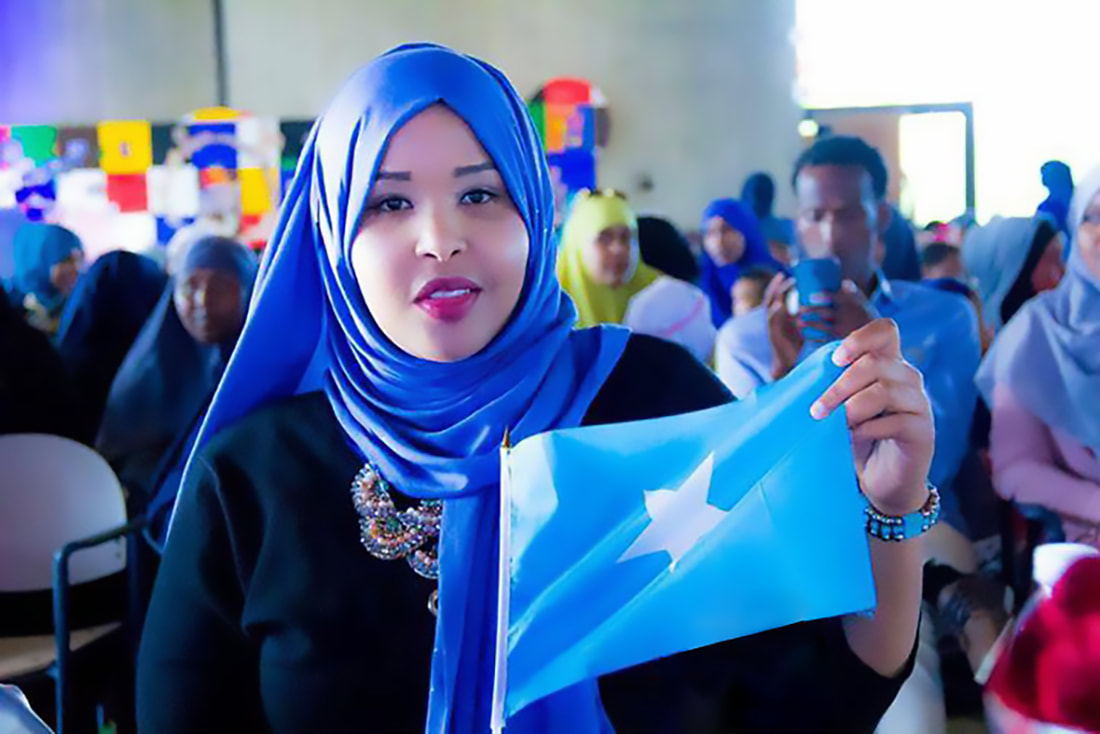


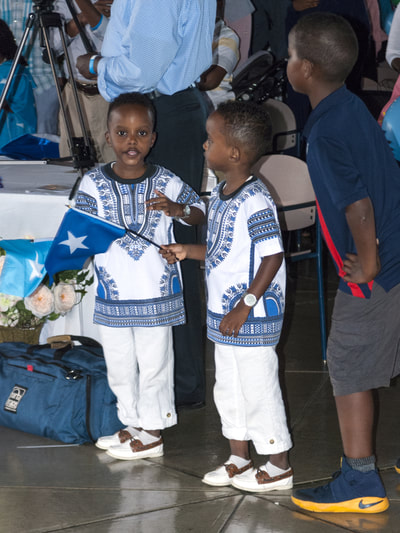
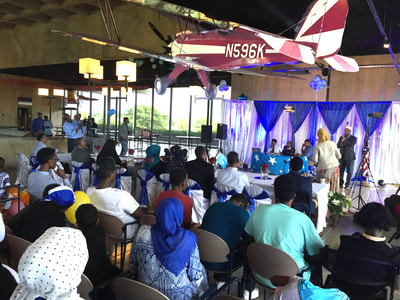

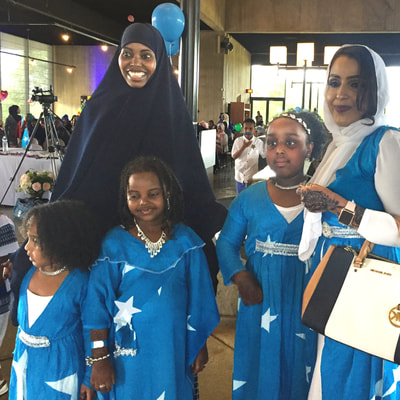
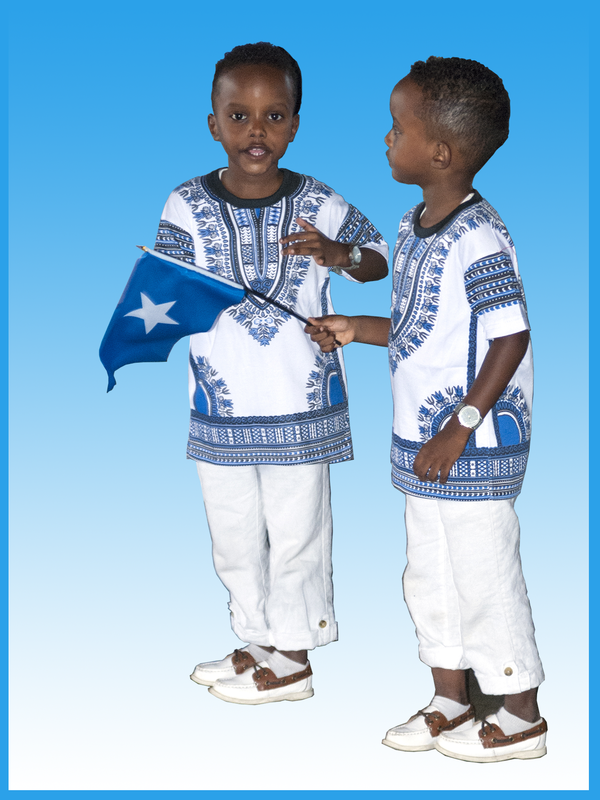




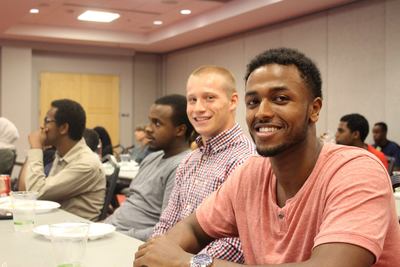




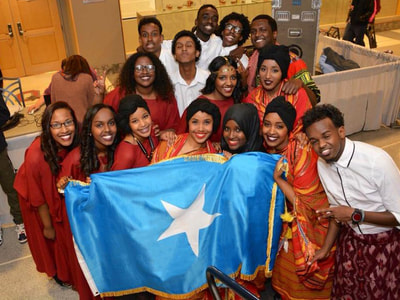

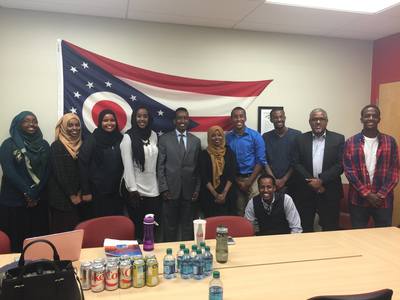
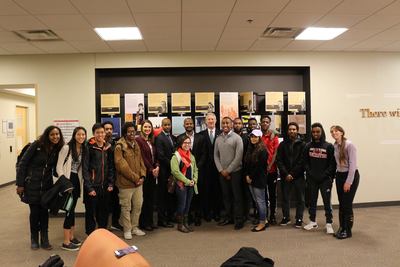


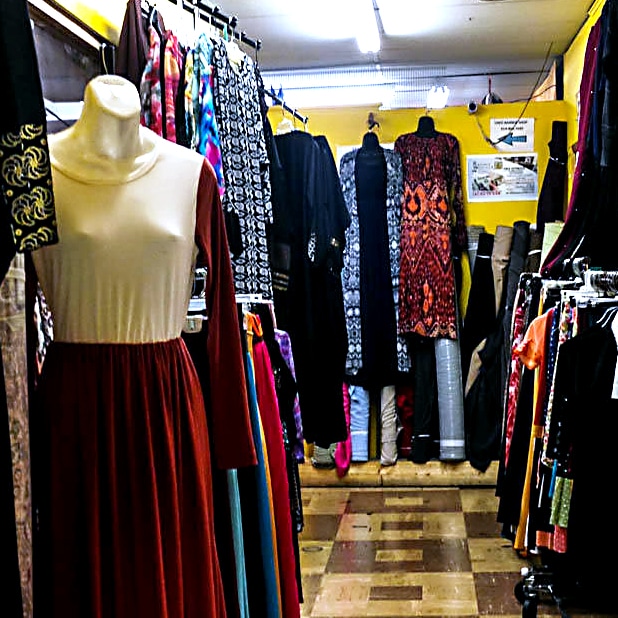


 RSS Feed
RSS Feed